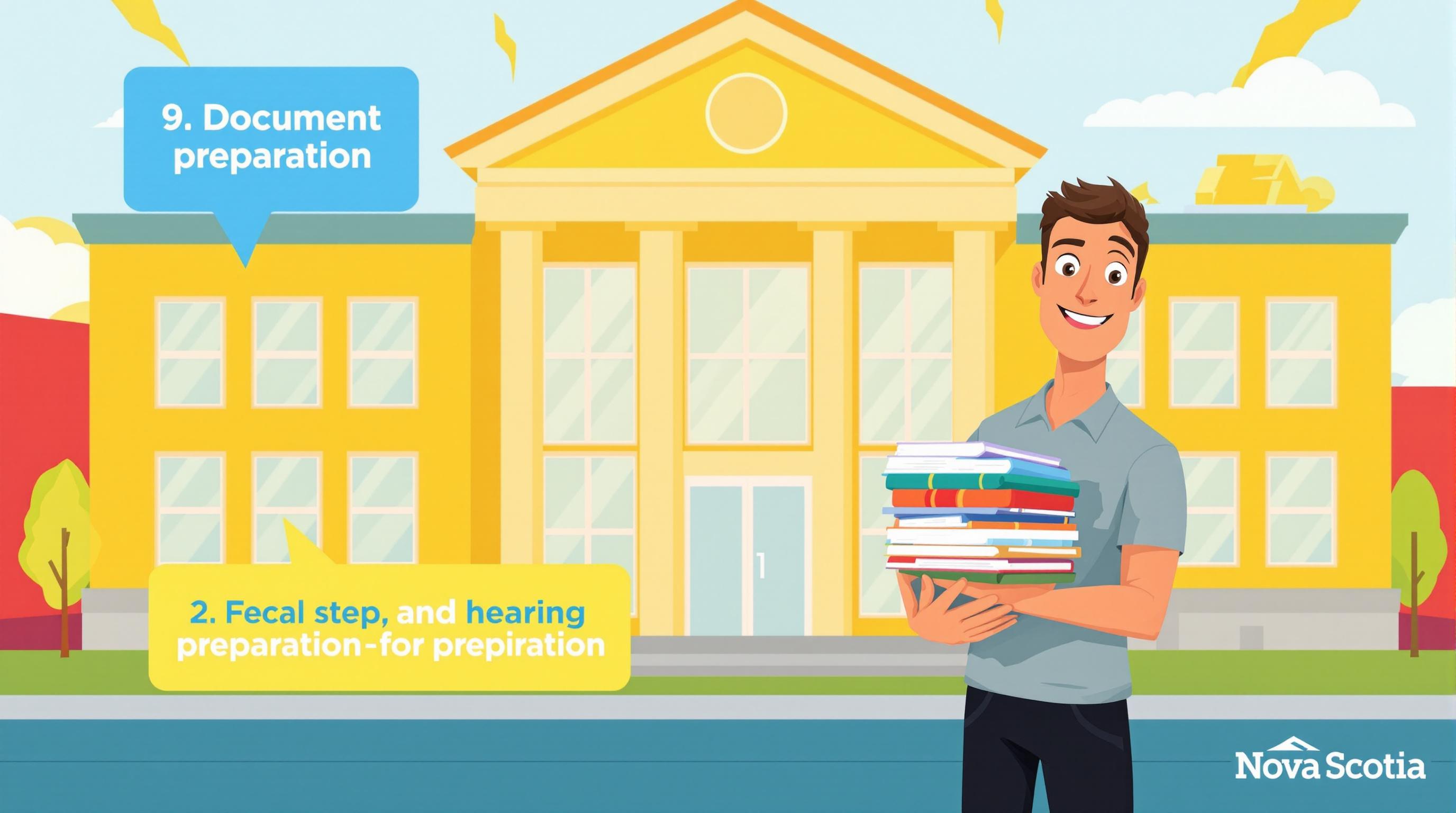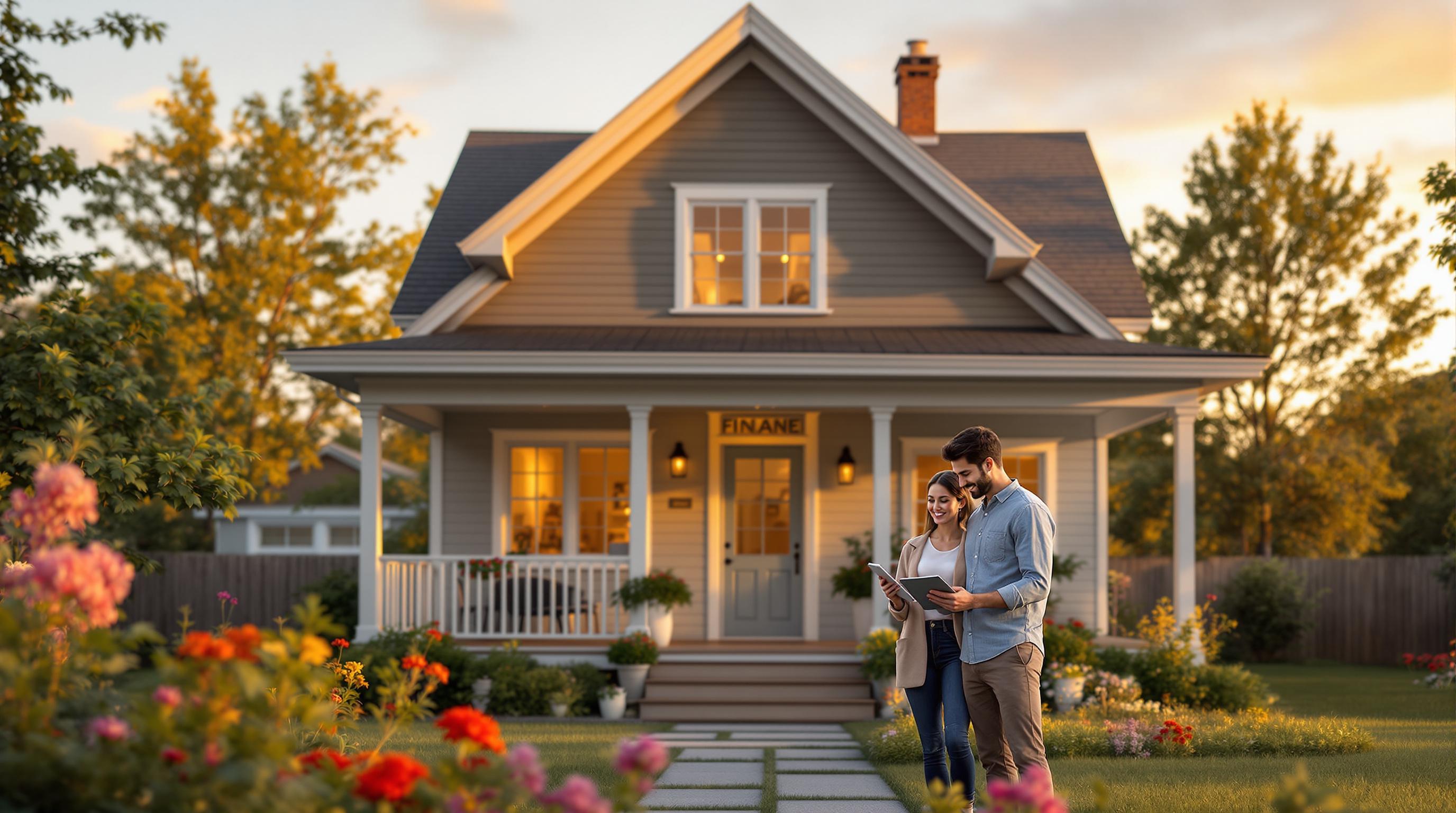When deciding between fixed-price and custom builds for investment properties in Nova Scotia, the choice depends on your budget, goals, and risk tolerance. Here’s a quick breakdown:
- Fixed-Price Builds: Predictable costs and timelines with limited design flexibility. Costs range from $105–$175 per square foot. Ideal for newer investors seeking lower risks and faster returns.
- Custom Builds: Full design control with higher upfront costs ranging from $275–$555 per square foot. Better for experienced investors aiming for long-term gains through tailored features and higher rental income potential.
Quick Comparison
| Factor | Fixed-Price Builds | Custom Builds |
|---|---|---|
| Cost | Lower, predictable | Higher, variable |
| Risk | Contractor absorbs risks | Owner absorbs risks |
| Design | Limited to standard plans | Full customization |
| Timeline | More predictable | Can vary significantly |
| Return Potential | Moderate, quicker returns | Higher, long-term returns |
This guide simplifies your decision-making by comparing costs, risks, and benefits of each build type, helping you choose the best fit for your investment strategy.
What is a Fixed-Price Contract?
Fixed-Price Builds: Set Costs and Standard Plans
Fixed-Price Contract Basics
In Nova Scotia, fixed-price contracts provide a predictable cost structure with pre-designed packages. For example, Helio Urban Development offers multi-unit projects starting at $168 per square foot [4]. These contracts typically include:
| Contract Component | What’s Covered |
|---|---|
| Basic Construction | Standard excavation and foundation work |
| Labor Costs | In-house trades and supervision |
| Standard Finishes | Pre-selected material options |
| Building Systems | Mechanical and electrical essentials |
| Permits | Standard building permit fees |
Benefits for Property Investors
Fixed-price builds simplify planning for property investors. Take the Willow Duplex as an example: priced at $598,850 (or $175 per square foot), it includes two identical 1,711 sq. ft. units. Each unit features 3 bedrooms, 2.5 baths, and a single-car garage [4].
Limits of Fixed-Price Options
Despite their appeal, fixed-price builds have some downsides:
- Limited Design Flexibility: Changes that affect the structure or layout aren’t allowed.
- Quality Concerns: Contractors might cut corners to maintain profits [2].
- Challenges with Modifications: Making changes after the contract is signed can be tricky, often leading to delays [2].
Additionally, these designs must comply with Nova Scotia and municipal regulations, which can limit customization. Any complex excavation or specialized foundation work isn’t included in the fixed-price agreement and will cost extra.
Custom Builds: Design Control and Options
Custom Build Basics
Custom builds give property investors full control over design and material choices, allowing them to create properties tailored to Nova Scotia's climate and regulations. Unlike fixed-price options, these projects let you customize layouts to maximize rentable space and include energy-saving features that can cut operating costs over time.
| Custom Build Component | Key Features |
|---|---|
| Design Freedom | Control over layout, materials, and finishes |
| Energy Efficiency | Options for passive solar heating and better insulation |
| Space Optimization | Custom layouts to maximize rental potential |
| Local Adaptation | Designs suited to Nova Scotia's climate and rules |
These benefits can lead to better financial outcomes for investors.
Return Potential on Custom Projects
Custom-built properties often deliver strong financial returns because they are designed with specific goals in mind. By focusing on energy efficiency, smart layouts, and high-quality features, investors can reduce expenses and attract higher rental income. Some key benefits include:
- Lower utility bills with energy-efficient systems
- Better use of space to fit more tenants or units
- High-end features that support premium rental pricing
- Reduced maintenance costs through strategic planning
Common Custom Build Problems
Bowers Construction emphasizes the need for detailed planning and careful contractor selection [5]. Common issues with custom builds include:
| Challenge | Mitigation Strategy |
|---|---|
| Cost Overruns | Budget for contingencies, as costs can rise by 50-100% [6] |
| Timeline Delays | Add buffer time to the schedule |
| Material Changes | Finalize choices before signing contracts |
| Contractor Issues | Vet contractors thoroughly and check references |
To avoid these pitfalls, keep communication open with your construction team and ensure all plans are approved before breaking ground. Additionally, choosing materials suited to Nova Scotia's climate can help prevent future maintenance problems and protect the property's value.
sbb-itb-16b8a48
Money Matters: Cost and Return Analysis
Price Breakdown by Build Type
In Halifax, construction costs vary significantly depending on the type of build. Fixed-price builds start at $168 per square foot, while custom builds range from $275 to $555 per square foot [1]. Here’s what that looks like for a typical 1,530-square-foot investment property:
| Build Type | Base Cost Range | Total Project Cost* |
|---|---|---|
| Fixed-Price | $105–$165 per sq.ft | $160,650–$252,450 |
| Custom Build | $275–$555 per sq.ft | $420,750–$849,150 |
| *Excluding land costs |
For multi-unit properties, Helio Urban Development offers fixed-price duplexes at $175 per square foot, making them a more predictable option. These cost differences can significantly affect the return potential for each type of project.
Expected Returns by Build Type
The upfront costs for fixed-price builds are much lower compared to custom builds, which can cost two to three times as much [1]. However, as Brian Roberts, Co-owner at Landmark Services, Inc., aptly points out:
"There is NO SUCH THING as a Fixed Price. Never has been, and never will be." [7]
This statement highlights the importance of accounting for unexpected expenses, even with fixed-price contracts. Whether you’re opting for a fixed-price or custom build, careful planning and financial risk management are essential.
Ways to Lower Financial Risk
To minimize financial risks associated with construction projects, consider these strategies:
-
Contract Protection
Ensure contracts are detailed, covering payment terms, dispute resolution, performance benchmarks, and timelines [8]. -
Financial Monitoring
Regularly compare your budget to actual expenses to stay on track [8]. -
Insurance Coverage
Secure builder’s risk insurance to protect against unexpected events or contractor issues [8].
For fixed-price projects, clear processes and transparent pricing can make risk management easier. Additionally, construction loans often cover up to 75% of construction costs [1], so maintaining sufficient capital reserves is critical for both fixed-price and custom builds.
Nova Scotia Building Rules
Multi-Unit Zoning Rules
Halifax has adjusted its zoning regulations to tackle the housing shortage and encourage more residential development [10]. Here are some of the key updates for multi-unit projects:
- No on-site parking requirements for residential uses within urban service areas. This change can help lower construction costs.
- No unit mix requirements for residential buildings starting construction before April 1, 2027, giving developers more design options.
- Limits on ground floor commercial space in multi-unit residential buildings, capping it at 20% for projects starting construction before April 1, 2027.
Builders like Helio Urban Development can take advantage of pre-designed duplex plans that align with these standards. With zoning rules in place, the next step involves navigating the permitting process.
Getting Building Permits
Securing building permits in Nova Scotia involves a straightforward process [9]. Applicants need to provide:
- A detailed description of the project and its intended use.
- Property identification, such as a Parcel Identifier or assessment number.
- Plans that comply with National Building Code standards.
- The project’s valuation and related fees.
- Contact details for the property owner and all professionals involved.
After submission, the project goes through several inspections to ensure it meets regulations. Inspectors evaluate critical construction stages, such as footings, subfloor plumbing and insulation, pre-backfill, framing, roof systems, and final occupancy.
For a smoother approval process, developers can use the Interactive Property Information map on the Halifax Regional Municipality website to check applicable By-law zones and requirements [11].
Conclusion: Picking Your Build Type
Main Points Review
Fixed-price builds typically cost around $168–$175 per square foot, offering predictable expenses, while custom builds range from $275 to $555 per square foot, providing more design freedom and potential for higher returns over time [1][13]. Both options cater to different needs for Nova Scotia property investors - fixed-price builds simplify the process, whereas custom builds allow for personalized designs and potential long-term gains [13].
Choosing the right option depends on your investment goals and risk tolerance.
How to Choose Your Build Type
| Factor | Fixed-Price Builds | Custom Builds |
|---|---|---|
| Initial Investment | Lower upfront cost with fixed pricing | Higher initial cost with variable totals |
| ROI Timeline | Faster rental income and cash flow | Greater long-term appreciation potential |
| Risk Level | Builder absorbs cost overrun risks | Owner handles market fluctuation risks |
| Design Control | Limited to preset designs | Full control over layout and finishes |
Fixed-price builds are a good fit for newer investors seeking predictable costs and quicker returns [12]. On the other hand, experienced developers may prefer custom builds for their potential to deliver greater long-term value through personalized design strategies [12].
Tips for Nova Scotia Investors
To get the most out of your investment in Nova Scotia, consider these strategies:
- Leverage current zoning regulations that allow for multi-unit developments.
- Explore pre-designed plans that meet local building codes.
- Stay informed about market trends, as rising costs reflect a shifting landscape [3].
To minimize risk, gather multiple contractor quotes and thoroughly research before committing to a build type. Starting with smaller projects can also help you gain valuable experience in the local market while keeping risks manageable [3].



